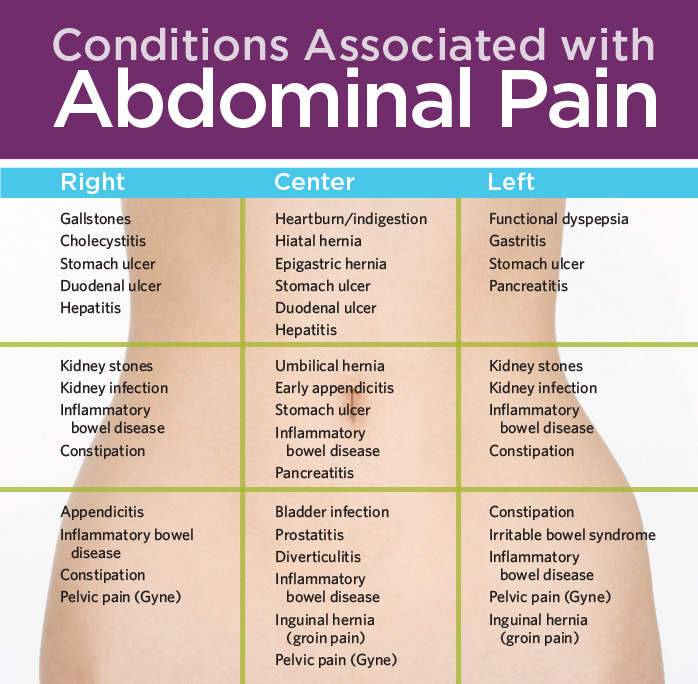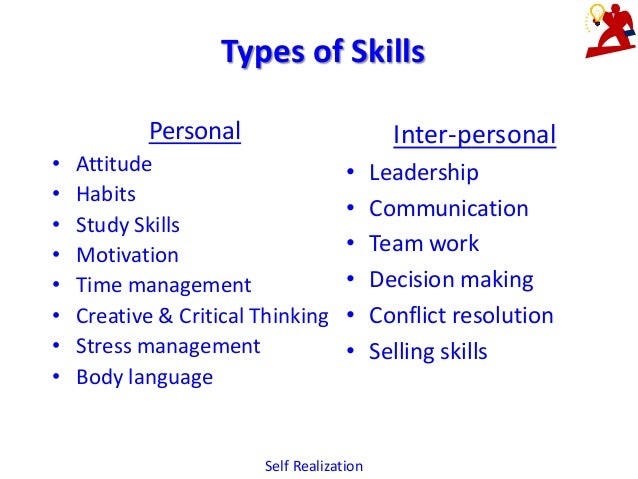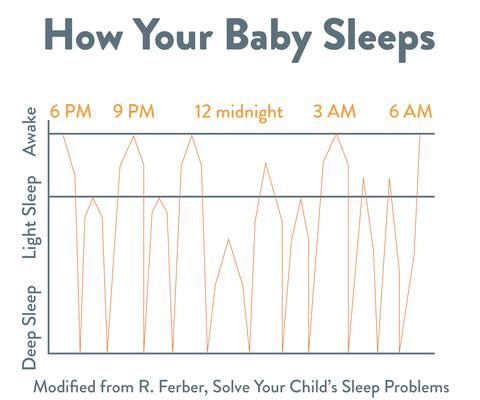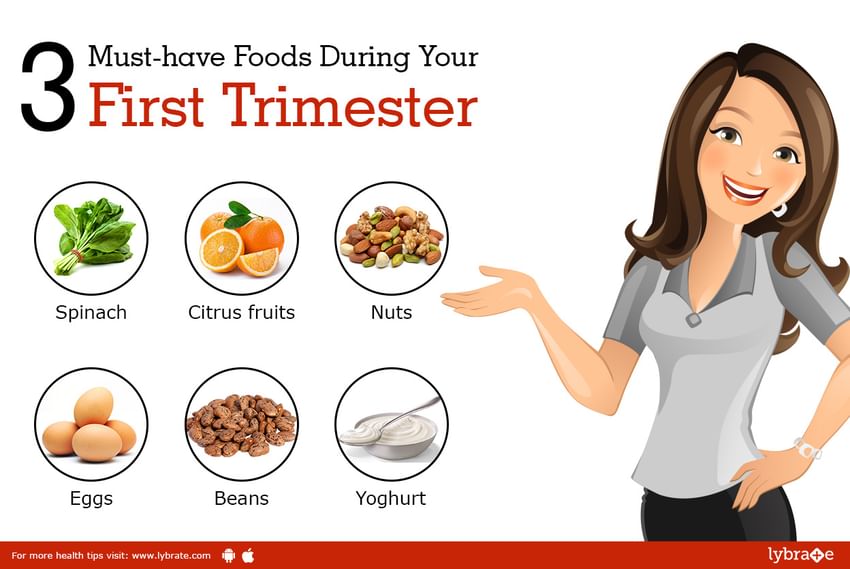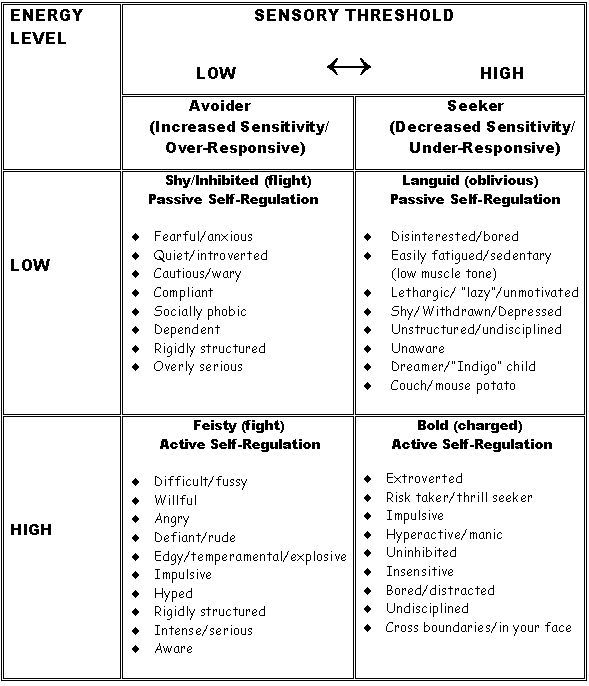How long to keep child in 5 point harness
Booster Seat Recommendations -
Recently the National Highway Traffic Safe Administration (NHTSA) released updated data on usage and booster seat recommendations based on their 2015 National Survey of the Use of Booster Seats (NSUBS).
The primary purpose of the biannual survey is to estimate booster seat use among 4- to 7-year-old children. The survey also provides estimates on restraint use for all children under 13 and the extent children are “prematurely graduated” to restraint types that are inappropriate for them based on age, height and weight.
“When children are not buckled up or are riding in a seat that isn’t used correctly, their safety is in jeopardy,” said NHTSA Administrator Dr. Mark Rosekind. “You can act by making sure your kids are buckled up and in the right car seats for their age and size.”
The survey says:
- Booster seat use among 4- to 7-year-old children was decreased slightly to 44.5% in 2015.
- 17.9% were properly restrained in child car seats; the percentage of children 4 to 7 restrained in forward-facing car seat decreased slightly from 20.
3% in 2013.
- 17.9% were properly restrained in child car seats; the percentage of children 4 to 7 restrained in forward-facing car seat decreased slightly from 20.
- An appropriate child restraint for 4- to 7-year-old children is either a forward-facing car seat or a belt positioning device like a booster seat. However, the NSUBS found that 37.4% of children 4 to 7 years old in the United States were not being properly restrained
- 25.8% were restrained by seat belts
- 11.6% were unrestrained
- Restraint use among 8- to 12-years-old girls decreased significantly to 82.6% in 2015 from 90.5% in 2013.
- Restraint use among children 8 to 12 years old whose height is between 37 to 53 inches decreased significantly to 83.4% in 2015 from 90.0% in 2013.
- Premature graduation to restraint types that are not appropriate for children’s age, height, and weight rose for children 1 to 3 years old as about 13.6% were prematurely graduated to booster seats; a significant increase from 9.3% in 2013.
What are NHTSA’s booster seat recommendations?
The most important of the booster seat recommendations is to use one.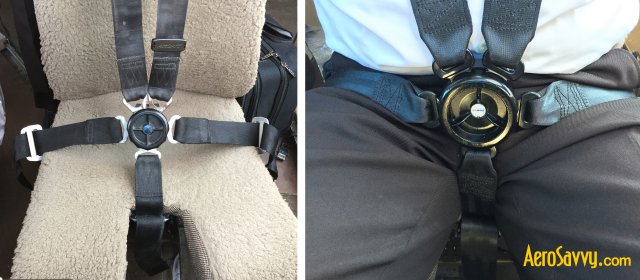 Even big kids need to be safe in cars!
Even big kids need to be safe in cars!
NHTSA recommends children remain in a forward-facing car seat with a 5-point harness until the child reaches the top height or weight limit allowed by the seat. At which time, the child can move into a belt positioning device.
A belt positioning device should properly position the seat belt on the child. The shoulder belt should be positioned mid-chest and mid-shoulder. And the lap portion should be across the child’s thighs and hips.
The most common belt positioning device is a booster seat which raises a child up to fit the seat belt. There are other belt positioning devices like the RideSafer travel vest. The RideSafer vest allows the child to sit on the vehicle seat and brings the seat belt down to fit the child. (The RideSafer is certified for and can be used for smaller children in lieu of a forward-facing car seat as well, especially helpful as a secondary seat for travel or carpools.)
Children also need to be mature enough to properly sit in the booster seat.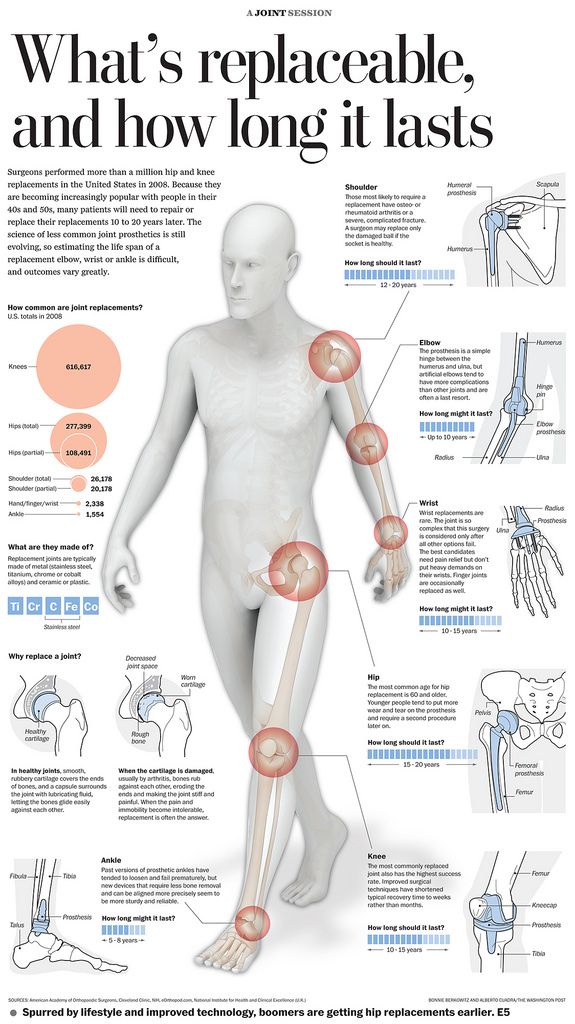 If they are using a no-back booster, children must not adjust the seat belt behind them or under their arm. The RideSafer comes with a tether strap, which we recommend using to help keep younger children properly positioned throughout the drive.
If they are using a no-back booster, children must not adjust the seat belt behind them or under their arm. The RideSafer comes with a tether strap, which we recommend using to help keep younger children properly positioned throughout the drive.
Download our report: Common Car Seat Mistakes and How to Fix Them
Remember, in Sweden children remain rear facing until 4 years of age at which time they are turned forward facing in a booster seat. Sweden’s injury and death rate is significantly lower.
Once a child is in a belt-positioning booster seat (or other such device), the child should use that device until the child can pass the 5-step seat belt fit test. This usually doesn’t happen until a child is 4’9″ in height, which is typically when a child is somewhere between the ages of 8 and 12.
One of the common times booster seat recommendations are neglected is when parents are carpooling or bringing friends along to day activities.
Why follow this recommendation?
However, the 2015 NSUBS found that 15.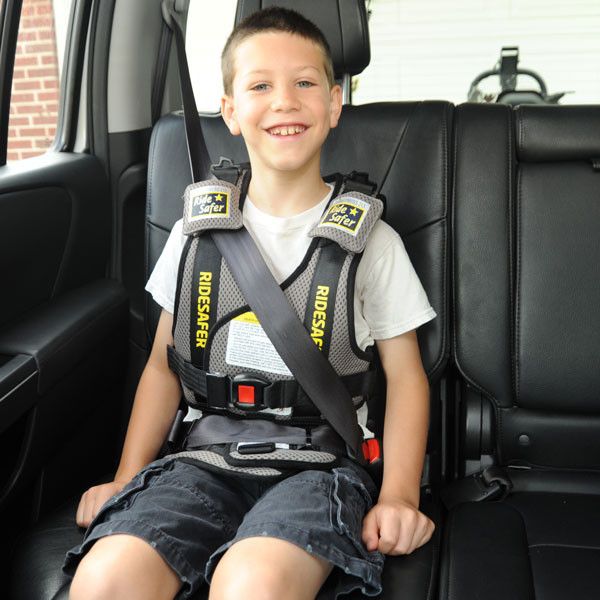 6% of children 8 to 12 years old were unrestrained. Unfortunately, this is an increase from the 10.6% who were unrestrained in 2013.
6% of children 8 to 12 years old were unrestrained. Unfortunately, this is an increase from the 10.6% who were unrestrained in 2013.
Booster seats reportedly reduce the risk for serious injury by 45% for children aged 4 to 8 years old compared to using just the seat belt.
Options
Booster seats range in price from $20 to $250. They come in highback (which may have minimum weight of 30 pounds) or backless (which typically have minimum weight of 40 pounds) styles. We don’t recommend one over the other. Many parents start with a highback and move to a no back later. Some highback boosters can be transitioned into no-back boosters.
Backless boosters generally provide better lap belt fit. While highback boosters generally do a better job of positioning shoulder belts and lap belts. A highback will offer some head support and may offer some side impact protection.
The booster seat alternative, RideSafer, costs $165. We consider it better than a booster. RideSafer provides both a good lap belt fit and shoulder belt positioning. When used with its tether strap, it provides four contact points with the body as opposed to three with a booster seat. (When using RideSafer with a lap-only seat belt, the tether strap is required.) Plus, RideSafer offers energy absorption with it’s padded straps. And it keeps the shoulder belt properly positioned even if the child moves.
When used with its tether strap, it provides four contact points with the body as opposed to three with a booster seat. (When using RideSafer with a lap-only seat belt, the tether strap is required.) Plus, RideSafer offers energy absorption with it’s padded straps. And it keeps the shoulder belt properly positioned even if the child moves.
Compact boosters like the Bubblebum and Mifold are tempting for parents because of their portability. These may be more difficult to use because they require re-threading the lap belt with each use. Mifold doesn’t work well in all cars or with all seat belts, thereby giving poor seat belt fit in some. Unless you know it will work in the particular rental car you reserve, we don’t recommend traveling with Mifold. Bubblebum can be used for travel. Both can be fine spare boosters to keep on hand for extra riders in your car.
Quick reminder
Remember you cannot use booster seats with a lap-only seat belt, whether in a car or on an airplane.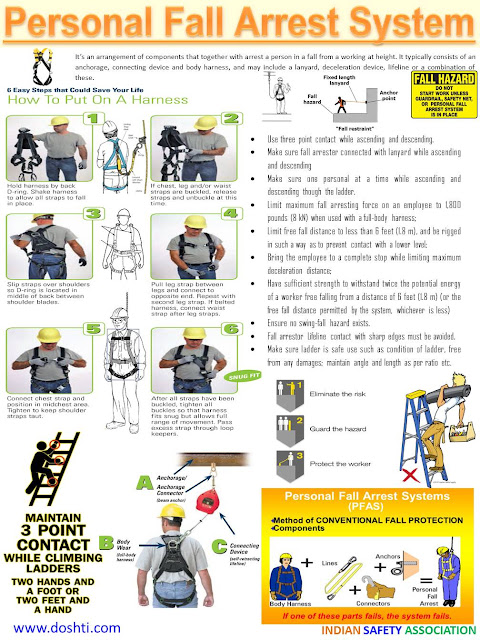
By Amie Durocher, Creative Director at Safe Ride 4 Kids and certified CPS Tech since 2004
Copyright 2016 Safe Ride 4 Kids. All rights reserved. You may not publish, broadcast, rewrite or redistribute this material without permission. You are welcome to link to Safe Ride 4 Kids or share on social media.
Sources:
- NSUBS report
© Eli Meir Kaplan for Home Front Communications National Highway Traffic Safety Administration
When to Switch to a Booster Seat – Children's Health
Share:
Eventually, your once teeny tiny child will outgrow their car seat. But that doesn't mean they are ready to travel in a car like an adult with only a seat belt. A booster seat helps the seatbelt fit your child properly and keeps them safe in case of a car crash. In fact, children are 60% safer in a booster seat as opposed to a seat belt alone.
But since there is no one age that determines when a child can use a booster seat, it's not always clear when it's time to make the switch.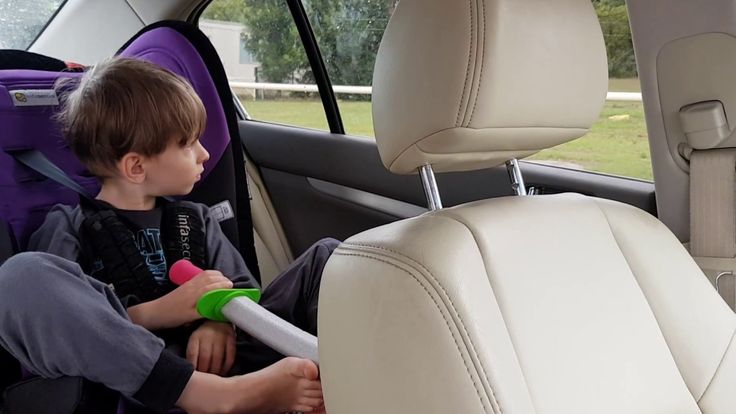 See guidelines to make sure you don't switch too soon.
See guidelines to make sure you don't switch too soon.
When can a child start to use a booster seat?
A child is ready for a booster seat when they have outgrown the height or weight limit of their 5-point harness car seat. This is usually when they reach over 65 pounds or 49 inches. You can check your car seat's manual for its height and weight limits and if it can be converted to a booster seat.
There is no one age that means your child is ready to switch from a car seat to a booster seat. Generally, kids are between the ages of 5-9 when they begin to outgrow the weight limitations of a 5-point harness car seat. Before you make the move to a belt-positioning booster seat, make sure your child meets these requirements:
- Generally, kids weighing over 65 pounds are ready to switch to a booster seat.
- When your child reaches 49 inches (about 4 feet) tall.
- When you believe your child is mature enough to properly sit in a booster seat with the seat belt correctly positioned at all times.

It's important not to rush the switch to a booster seat. If your child still fits the height and weight requirements of their car seat, that is their safest option.
How do you install a booster seat?
A booster seat is typically held in place by the child's weight and the vehicle's lap-and-shoulder belt. Some seats do use your car's lower anchors and LATCH system like a car seat. It's important to read the booster seat instruction manual before installing your child's booster seat. Your car's instruction manual can also help you determine how to properly and safely install the seat. If your car doesn't have headrests, you should use a high-back booster seat.
Here are some important tips to follow when you install your child's booster seat:
- Always place the booster seat in the back seat.
- Always use a lap and shoulder seat belt with the booster seat.
- Place the booster seat flat on the vehicle seat.
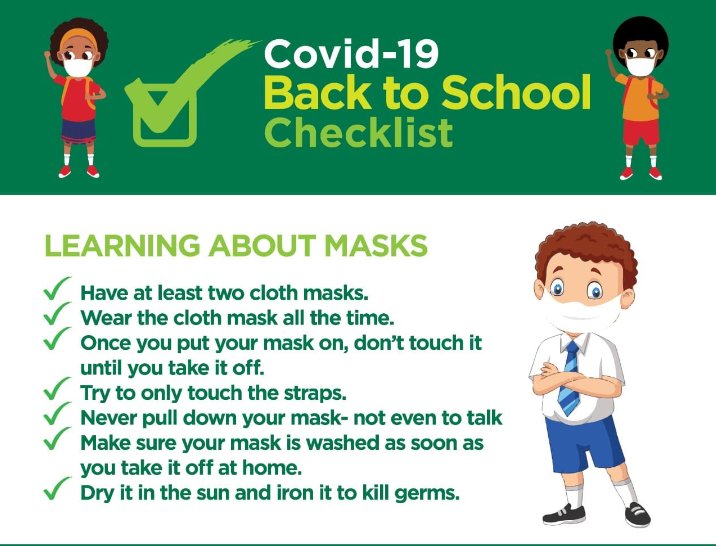
- Have your child sit in the booster seat and pull the seat belt across your child's body to make sure the belt fits properly. The seat belt should rest low on the hips, not across the stomach. Across the chest, the belt should lie firmly in the middle of the child's shoulder.
When can a child stop using a booster seat?
Texas law requires that all children use a car seat or booster seat until they are 8 years old or 4 feet, 9 inches tall. Even if your child is 8 and it is legal for them to stop using a booster seat, if they are under 4 feet 9 inches tall, you should continue to use a booster seat to keep your child safe. When your child reaches the height requirement, the seat belt will fit them safely and comfortably.
Children should always travel in the back seat of the car, never the front, until they are 13 years old. They should always have the seat belt on their chest, never around their back. The lap belt should rest against their hips, and the shoulder belt should rest in the middle of their shoulder. If it doesn't, you should keep using the booster seat.
If it doesn't, you should keep using the booster seat.
Do booster seats expire?
Yes, car seats and booster seats do expire. That's because of wear and tear and changing regulations along with recalls and manufacturer testing. In general, car seats expire between 6 and 10 years from the manufacture date.
Before you purchase a used booster seat or borrow one from a friend, check for a recall from the manufacturer's website. Safe Kids also maintains an ongoing list.
If you can't find an expiration date on the bottom or back of the booster seat, you can also check the manufacturer's website for your booster seat brand and information on how to find the expiration date.
Learn more
Children's Health℠ certified child passenger safety technicians can help you understand what car seat is right for your child and how to install it. Learn more about our car seat services.
Children’s Health Family Newsletter
Get health tips and parenting advice from Children’s Health experts sent straight to your inbox twice a month. Sign up now.
Sign up now.
Transportation of children in a car in 2022 ✔️ At what age can you drive without a child seat
A car is a source of increased danger, in which it is not safe for children to be without additional protection. To reduce the risk of injury, small passengers are seated in a special child restraint. Transportation of children in a car in 2020 without a cradle, car seat, booster is prohibited. Innovations in the law are designed to protect children from unforeseen situations on the road. nine0003
Keep your child safe, not only when traveling by car. Always know where your child is at the moment, where he was during the day, and what is happening around him with the Find My Kids app. In addition, the service informs about the method of movement of the child (on foot, by car, etc.) and reports speed violations.
Contents:
- New requirements for parents who transport children
- How to transport infants, preschoolers and schoolchildren correctly? nine0008
- How to transport newborns?
- About transportation of children under 7 years old
- How to transport children aged 7-12?
- How to carry children over 12 years old?
New requirements for parents who transport children
Children are transported in accordance with the latest version of Government Decree No.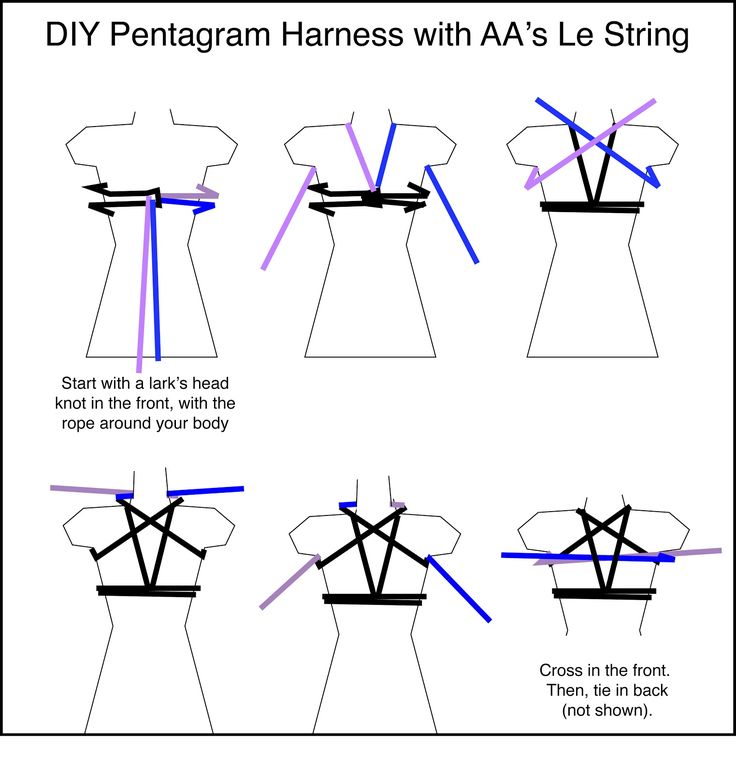 0 “On SDA” dated 03/26/2020. Innovations related to transportation in a vehicle (vehicle) were introduced from 07/12/2017. They affected paragraph 22 of the SDA and established new requirements for the transportation of minors. The safety of small passengers in the cabin of a car and the cabin of a truck is assigned to:
0 “On SDA” dated 03/26/2020. Innovations related to transportation in a vehicle (vehicle) were introduced from 07/12/2017. They affected paragraph 22 of the SDA and established new requirements for the transportation of minors. The safety of small passengers in the cabin of a car and the cabin of a truck is assigned to:
- regular seat belts;
- ISOFIX child restraint system;
- seats, selected according to the weight, height, age of the baby. nine0010
After the new version of the law came into force, drivers have the right to transport preschoolers and children of primary school age, placing them in a car seat. If they are riding in the back, they can wear a seat belt or sit in a seat with an ISOFIX restraint system. They can also sit next to the driver if a seat is installed there. The holding device must be selected primarily not by age, but by the weight and height of a small passenger. nine0003
Despite the fact that after 7 years it is enough to drive behind with fastened seat belts, traffic police do not recommend abandoning the car seat. Its absence poses a potential threat to the child. For safety reasons, parents should use child car seats that reduce the risk of injury. If the baby has a physical disability or has grown out of car seats, seat belts are used instead, but such cases are the exception rather than the rule.
Its absence poses a potential threat to the child. For safety reasons, parents should use child car seats that reduce the risk of injury. If the baby has a physical disability or has grown out of car seats, seat belts are used instead, but such cases are the exception rather than the rule.
Amendments of 2017 prohibit leaving the vehicle if there is a child who is not yet 7 years old in it. The baby cannot be in the cabin, even if you went out for 5 minutes. He should be in the car only in the presence of adults. nine0003
Innovations of the Ministry of Internal Affairs have excluded the possibility of using any aids that previously adapted the regular seat belt to the height of the child. For example, FEST restraints have become banned. Children over 12 are treated as adult passengers, so their transportation is no different from that of adults.
Carrying babies in your arms is dangerous! In hard braking and low-speed collisions, they are difficult to hold. Groups of 8 or more children may be transported in a bus driven by licensed drivers.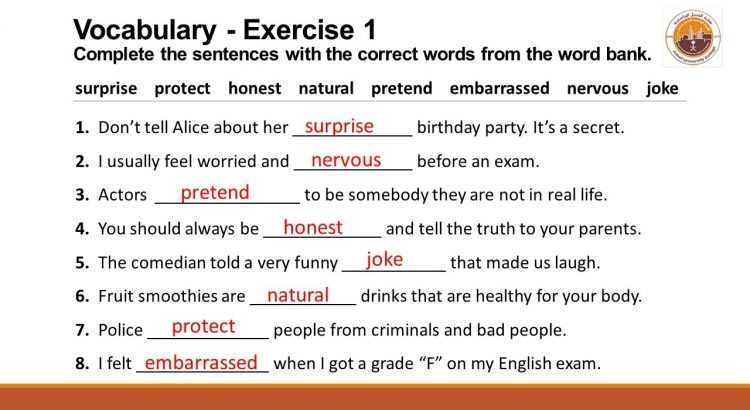 Violation of the new requirements entails administrative liability under the laws of the Russian Federation. nine0003
Violation of the new requirements entails administrative liability under the laws of the Russian Federation. nine0003
How to transport infants, preschoolers and schoolchildren correctly?
After the 2017 amendments, drivers must use:
How to transport newborns?
Babies up to 1 year of age are allowed to be transported in a baby carrier. It can be bought separately or in a set with a baby stroller. These are special devices designed for newborns. They are equipped with additional straps and can support children weighing up to 10 kg (approximately 6-7 months of age). nine0003
Babies are transported in the supine position, secured with the internal 5-point harness of the infant carrier. When they are transported in the back seat, the infant carrier is placed perpendicular to the direction of travel. Consider its placement when transporting several passengers, because in a perpendicular position it takes up almost 2 seats. Also, babies can be in the front seat, but in this case they should be with their backs to the direction of travel.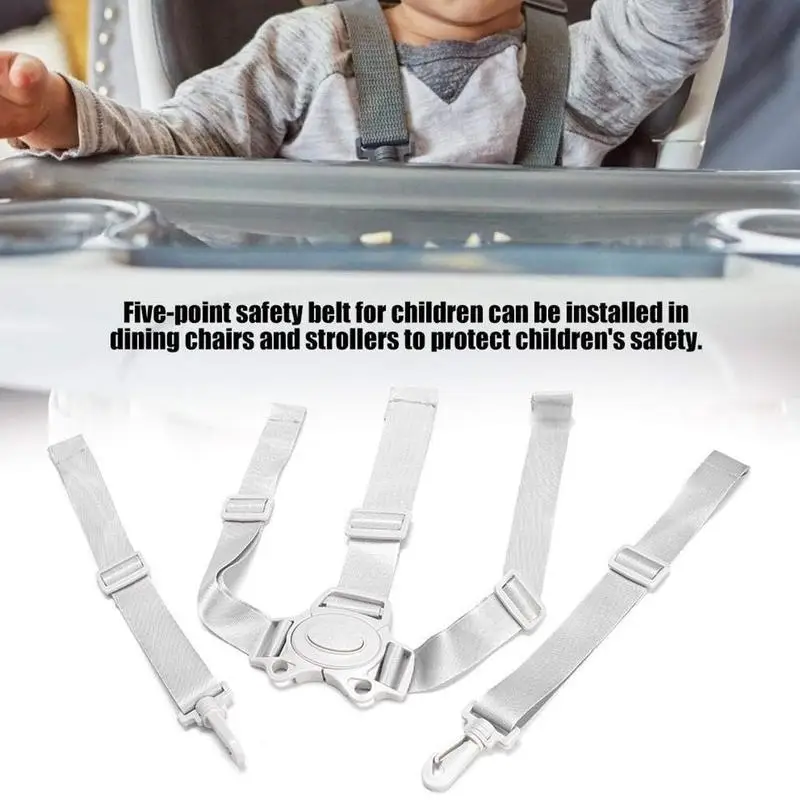
Infant carriers are designed for the fragile body of newborns. Children have poorly developed muscles and bones, so any sudden movements of the car are dangerous for their health and life. After birth, the main posture of the child is horizontal. Leia on the back, it will not damage the skeleton, in particular the cervical region. If you hold it on your hands, then sudden braking leads to a high load in the region of the cervical vertebrae. In the first months of life, the neck muscles are weak, and the head weighs almost 1/3 of the body weight, which makes it difficult for babies to hold it. At the moment of braking, the body moves forward, and due to muscle weakness, a sharp nod occurs - a head movement that can lead to irreparable consequences. nine0003
The lying position evenly distributes the load on the spine, so that the children's neck muscles are relaxed and not tense, and nothing interferes with the work of their respiratory organs. Riding in a horizontal position is safer for toddlers. Lying in the cradle, the child will more easily endure sudden braking, from which no one is safe while driving on the road.
Lying in the cradle, the child will more easily endure sudden braking, from which no one is safe while driving on the road.
The amended traffic rules allow the use of restraints without specifying what they should be: car cradles or chairs. They must be installed strictly following the manufacturer's instructions. Devices must comply with ECE 44 or ECE 129 by law- standards that have replaced GOST R 41.44-2005. It is impossible to replace the infant carrier with the seat unit of a conventional stroller. To make your child more comfortable, choose restraints that are equipped with orthopedic inserts.
The only disadvantage of the infant car seat is its short service life. As your child gets older, you will need to switch from a car seat to a car seat. When choosing a new model, be guided not by age, but by the physical data of children. The child seat is selected according to weight and height - these are the main criteria. From birth to the age of 12, children will be transferred from a group I chair to a group II device, and then to a III device.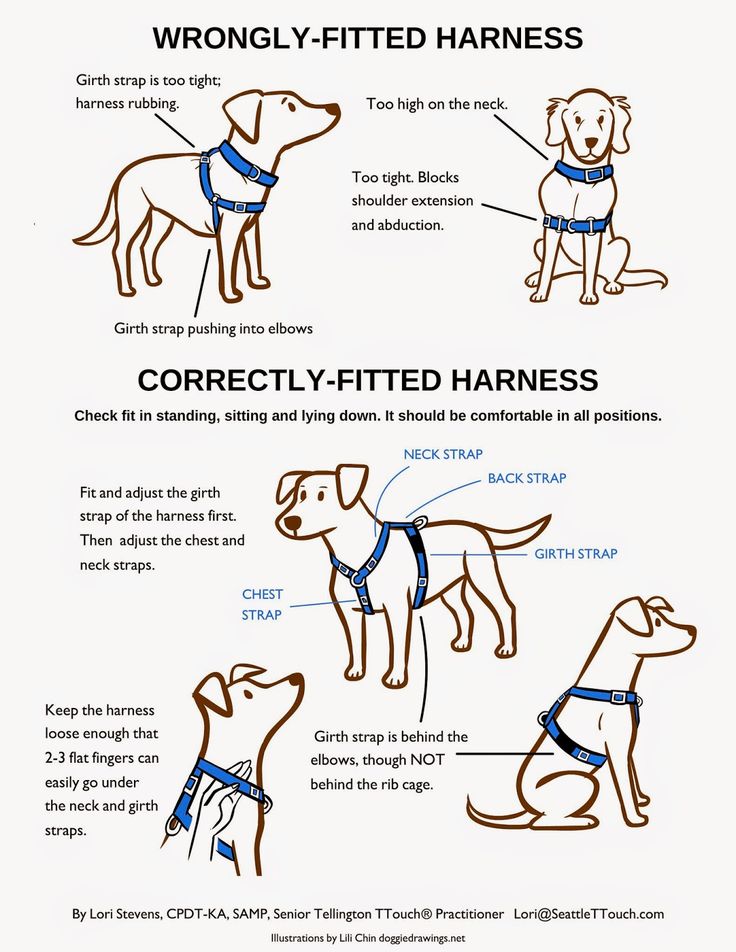 One-year-old children are suitable for removable chairs with an adjustable backrest tilt of 30-45 degrees. nine0003
One-year-old children are suitable for removable chairs with an adjustable backrest tilt of 30-45 degrees. nine0003
If you are stopped by a traffic inspector and you are driving with children, they will check for a child restraint. The law does not provide what documents he can use to determine the age of children. Drivers can present any documents that confirm the date of birth of babies.
About transportation of children under 7 years old
Image source: freepik.com
Salons of passenger cars and truck cabs will be equipped with a special seat for preschoolers. It is presented in the form of a removable chair, reminiscent of an ordinary car seat in miniature. In it, the child can be in a sitting position, and being fastened. It is referred to as a child restraint in the amended regulations for transporting children in a vehicle. The generalized definition confuses parents. If before that "other means for fastening a child" were allowed, now they are not allowed. We are talking about any adapters that replaced the seats. nine0003
We are talking about any adapters that replaced the seats. nine0003
Machines are manufactured with the Isofix system, which was developed over 10 years ago, according to the new standards. This is a type of fastening made in the form of two steel brackets welded to the body and hidden from view between the seat cushions. Sometimes manufacturers leave them outside, but in any case, the brackets of the system are at the same distance from each other, regardless of the brand of car. If you don't know if your car has Isofix or not, check your owner's manual. In the absence of a restraint system in the car, the child seat is secured with a 3-point seat belt. nine0003
How to transport children aged 7-12?
It is necessary to transport children of primary school age in the rear seats, but it is also possible in the front passenger seat. If the child is sitting next to the driver, you will need a car seat and a deactivated airbag. When it opens during a collision with another vehicle, the child may be injured.
The traffic police inspector will fine drivers if there are no appropriate child car seats in the car. Choose them according to the weight and height of the child, otherwise wait for a fine. As crash tests confirm, experimenting with chairs that are not chosen according to size not only reduces the protection of children, but also exacerbates the situation. In order not to buy a new chair for the height of the child, parents take the model “for growth”, try to justify the money spent and adjust the chair to the height. If you transport children in a car without a suitable child seat, or in a car seat that is not appropriate for their age/height, you are putting their lives at unnecessary risk. nine0003
How to transport children over 12 years old?
Starting from middle school age, you can limit yourself to fastening with a standard seat belt. Anyone over 1.5m tall can opt out of a car seat. Small children are required to ride in restraints after 12 years of age. The rules of the road allow the carriage of a child both in the rear and in the front.
Issues that raise doubts
Prostock-studio/Shutterstock.com
Rule changes have become a source of controversy for many. Read the answers to dispel your doubts on this matter. nine0003
At what age can children sit in the front seat?
Regulations for transporting children do not set age limits. Children can be with the driver from birth, but everyone under the age of 12 is required to sit on it in a car seat. If there is no need to transfer children to the front, transport them in the back seat. Children are seated in front if there are no seat belts in the back seat. On the front passenger car seat for babies should be back against the direction of travel. Do not drive out on the road without deactivating the frontal airbag. nine0003
When should I buy a car seat?
Child car seats are used up to and including 11 years of age. The first device must be purchased immediately after the birth of the crumbs.
Where should a minor sit if there are no seat belts in the back?
If there is nothing for children to buckle up in the back of the car, they can sit in front. If you plan to use such a car all the time, install seat belts. Installation of belts in the car, in the design of which they are not provided, is carried out in coordination with the relevant authorities of the city. nine0003
If you plan to use such a car all the time, install seat belts. Installation of belts in the car, in the design of which they are not provided, is carried out in coordination with the relevant authorities of the city. nine0003
What are the safest places in a car?
Place your child behind the driver as this is the safest place to be. To protect the kids, transfer them to the front seat in extreme cases.
How to transport children in a taxi?
Taxi cars are subject to the same requirements as any private car. When calling a car at the address, tell the taxi dispatcher that you will be traveling with a child and find out if they have car seats. In order not to rely on the availability of child car seats in taxis, take your own on the road and use it. nine0003
Track your child's movements in real time (or view daily movement history), check safe routes and hear what's happening around you with the #1 Where's My Kids app for caring parents.
Restraint Tips
Child Car Seat is a seat used in the transport of minors.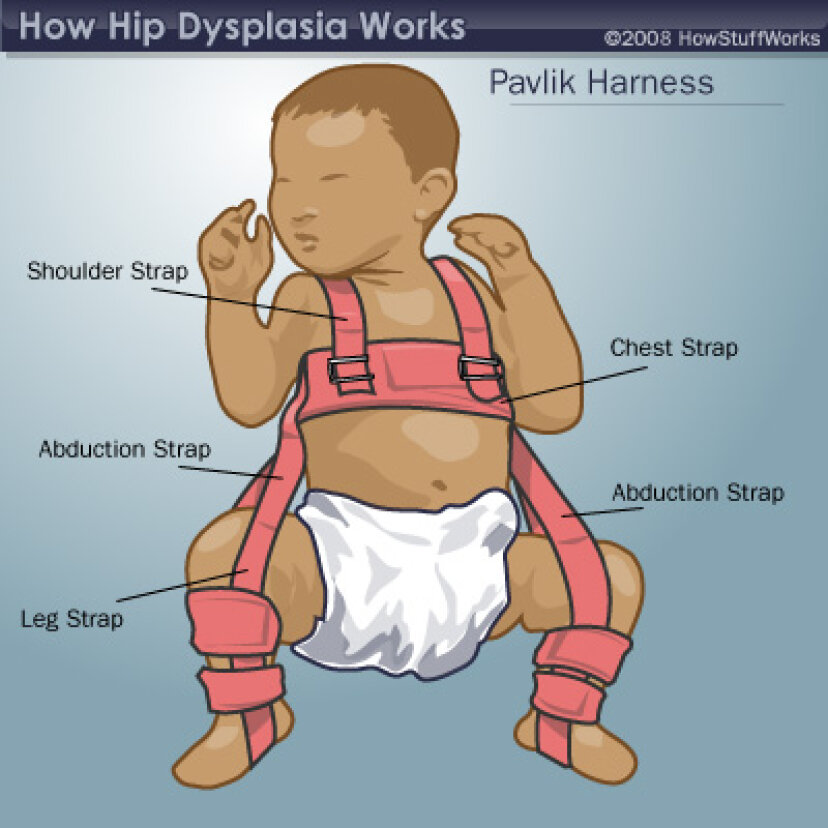 They are used from the birth of the baby until he grows to 150 cm or weighs 36 kg. It protects children during extreme driving and forced stops. The risk of being killed in an accident is reduced by 75% if the car seat is chosen correctly and installed according to the instructions. nine0003
They are used from the birth of the baby until he grows to 150 cm or weighs 36 kg. It protects children during extreme driving and forced stops. The risk of being killed in an accident is reduced by 75% if the car seat is chosen correctly and installed according to the instructions. nine0003
As children grow older, they will need car seats from different weight groups. Manufacturers began to produce transformer models that can be adjusted to the growing body of the child. Car seats must comply with the standards of the Technical Regulations of the Customs Union of the EAEU. Their body is made of impact-resistant materials, and the cover is made of hypoallergenic fabric. They differ from each other by:
- age;
- fastening method;
- material of manufacture. nine0010
The age division makes it easy for parents to choose a new car seat. The table shows the groups of car seats according to the age of the child:
From birth to six months
Newborns and children who weigh little are suitable for a cradle that looks like a basket of a walking block. The baby is inside the cradle, fastened with its internal straps, and the cradle itself is fastened with a car belt.
The baby is inside the cradle, fastened with its internal straps, and the cradle itself is fastened with a car belt.
Before the first year of life
Image source: https://www.detmir.ru/product/index/id/3142302/
Car seats from this group are also called carrying. Their body is made in the shape of a bowl, which is complemented by a 5-point harness. A handle is provided for transportation. They are placed facing backwards to take the strain off poorly developed musculoskeletal tissue and also to protect infants from the "nodding" of the head during a sudden stop, which leads to death.
From 1 to 4 years
Image source: https://www.detmir.ru/product/index/id/2391161/
Group 1 car seat can be placed facing or against traffic. It should have a 5-point safety harness and an adjustable backrest that puts it in a reclining position. The device is intended for one-year-old babies who can already sit. It can be used until the child's weight reaches 15-18 kg, then you should transfer to a group 2 car seat.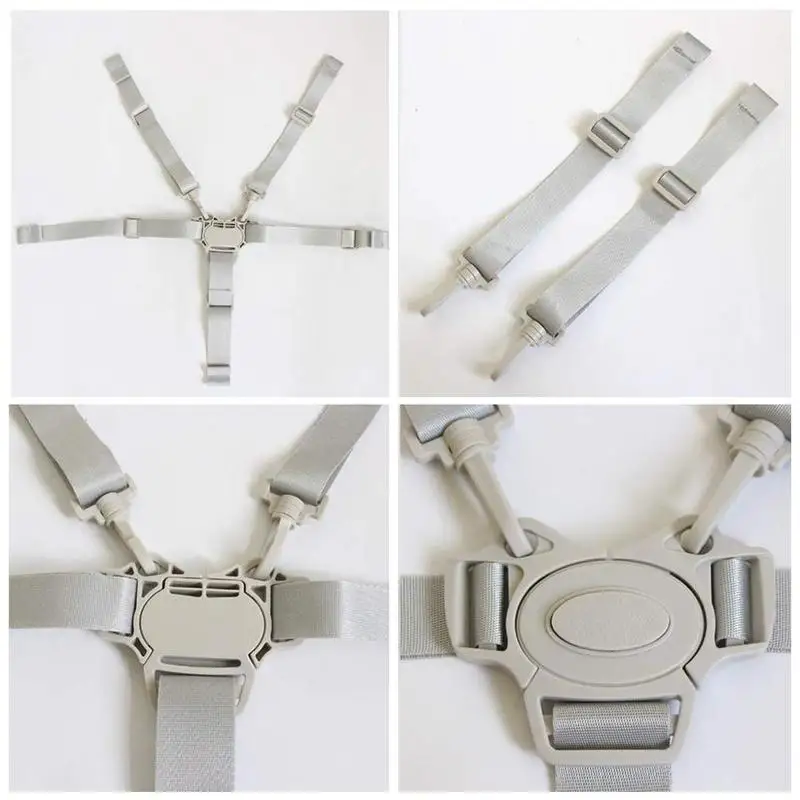
From 3 to 7-12 years old
Image source: https://www.detmir.ru/product/index/id/3142308/
Group 2 car seats designed to transport a child aged 3-7 years are less common than transformers. Products of groups 2 and 3 are combined into common models, in which there are no longer 5-point belts, but guides for a standard belt are provided. Children at this age can already be fastened only with a regular car belt, passing it along the guides.
Car seats 3 groups
Image source: https://www.detmir.ru/product/index/id/1827731/
Devices designed for passengers over 1.3-1.35 m tall are called boosters . They are made without side protection, and are only a solid seat, equipped with armrests and guides for a regular car belt. Boosters are not as safe as conventional car seats with a back. nine0003
What awaits drivers for violating the new requirements?
Violating the requirements for the transportation of minors, you can be fined:
Car seats are not a whim of the Ministry of Internal Affairs, but forced security measures that parents must follow. According to RIA Novosti, in the first quarter of 2020 alone, 123 underage passengers died. The drivers are responsible for transporting the child. Install car seats and be careful on the road to protect yourself and your little passengers. nine0003
According to RIA Novosti, in the first quarter of 2020 alone, 123 underage passengers died. The drivers are responsible for transporting the child. Install car seats and be careful on the road to protect yourself and your little passengers. nine0003
See also:
- Best child safety watch: how to choose a GPS watch for kids
- Bullying at school: what parents and victims should do
- Children's Internet Safety: A Parent's Guide
Please rate the article
This is very important to us
Article rating: 0 / 5. Votes count: 0
There are no ratings yet. Rate first!
nine0002 Receive a school preparation checklist to your mail Letter sent!
Check e-mail
How to properly hold a baby in your arms
Bagdasaryan Kristina Genrihovna
Obstetrician-gynecologist, Ultrasound doctor
Clinic "Mother and Child" St. Petersburg
Petersburg
So, how to take the child from the supine position. Grasp his chest with both hands - thumbs in front, and the rest hold the back. If the baby is not yet able to hold his head, support it with your index fingers. Gently lift your baby up. Do not forget, your face turned to the child should always express the kindest feelings. Talk to the baby, tell him what you are doing, the voice should not be very loud, gentle. nine0003
Those who take a small child in their arms are divided into two categories: relatives who live with him under the same roof, and visitors. You should not allow a visitor to the child who has not taken off his outerwear, hat, street shoes, has not washed his hands with soap, has not freed his hands from rings, rings, watches, bracelets. The baby can be frightened by sharp extraneous odors, for example, the smell of tobacco, alcohol, perfume.
Sick people should not be allowed near the child - coughing, sneezing, as well as complaining of indigestion, suffering from skin diseases. nine0003
nine0003
Even if loving relatives have come a long way on trains and planes to visit the baby, be persistent and keep the guests “in quarantine” for several days - will the infection picked up on the road show up? They may be offended, but the child will remain healthy! In order to more reliably protect the psyche and immune system of the child, it is useful in his first six months of life to limit the circle of people admitted to him. These are the rules, and no one - neither the formidable mother-in-law, nor the neighbor, nor the beloved boss - deserves an exception. nine0217 Some parents take the baby in their arms with unthinkable precautions, others, on the contrary, snatch it from the crib so famously. All these are extremes. So how should it be?
- do not make sudden movements when taking the baby
- never take it with one hand - only with both
- do not raise or lower the baby quickly, rapidly
- do not take it out of the crib by pulling on the handles
nine0217 The position of the baby in the arms of the mother (or another adult), first of all, depends on his age, as well as on whether he will sleep or be awake.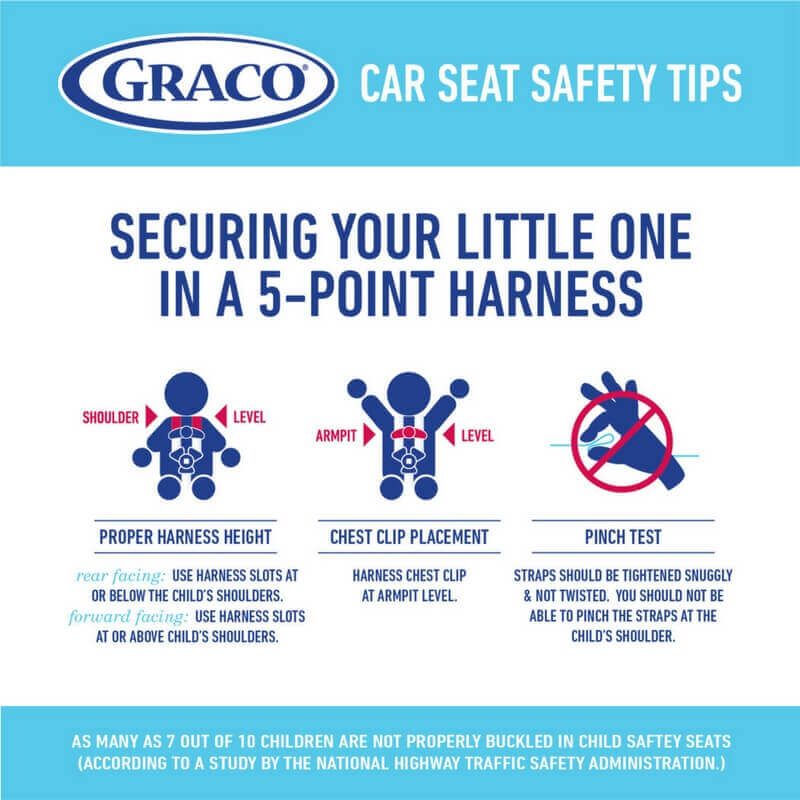 Up to 2-2.5 months (and sometimes longer), the baby’s head must be supported, so in a horizontal position (face up), arrange the baby on your arm so that the back of his head lies on your elbow, the back rests on your forearm, and your hands should support the buttocks and hips of the baby. You can put the baby on your forearm and stomach. In this case, the baby's head should be in the crook of the elbow, and your hands will close on the baby's stomach, and one hand will pass between the legs of the little one. If you want to hold the child in an upright position, for example, in order for him to burp excess air, then support his head and back: put one of your palms on the back of the baby’s head, with your forearm firmly press his body to you. With the other hand, fix the buttocks of the crumbs. In no case do not sit the child on your arm until he has confidently mastered the skill of sitting, which happens on average at the age of 6 months. From 2.5-3 months, you can already carry the baby, turning him away from you, holding him with one hand at chest level, with the other at hip level.
Up to 2-2.5 months (and sometimes longer), the baby’s head must be supported, so in a horizontal position (face up), arrange the baby on your arm so that the back of his head lies on your elbow, the back rests on your forearm, and your hands should support the buttocks and hips of the baby. You can put the baby on your forearm and stomach. In this case, the baby's head should be in the crook of the elbow, and your hands will close on the baby's stomach, and one hand will pass between the legs of the little one. If you want to hold the child in an upright position, for example, in order for him to burp excess air, then support his head and back: put one of your palms on the back of the baby’s head, with your forearm firmly press his body to you. With the other hand, fix the buttocks of the crumbs. In no case do not sit the child on your arm until he has confidently mastered the skill of sitting, which happens on average at the age of 6 months. From 2.5-3 months, you can already carry the baby, turning him away from you, holding him with one hand at chest level, with the other at hip level. nine0003
nine0003
Depending on the age of the child, there are 6 ways to hold him in your arms.
Hanging. This method is good for babies up to 3 months old, when they still have trouble holding their head. With one hand support the neck and back of the baby's head, with the other - the buttocks, while his torso may be slightly bent, and his face turned towards you. This situation opens up scope for the much-needed emotional contact with the mother and other loved ones for a small child. Do not forget that in order to avoid the development of one-sidedness, the baby's head must be supported either with the left or with the right hand - periodically changing them. nine0003
On the arm. Ideal for babies aged 3-6 months, although you can keep your baby this way almost from birth. He rests his head on your shoulder, you hold his feet with your hand, and your arms with your forearm. With your other hand, you support the baby under the buttocks. At the same time, the child's legs should be bent at the knee and hip joints and bred. Don't forget to alternate hands.
At the same time, the child's legs should be bent at the knee and hip joints and bred. Don't forget to alternate hands.
In front of bust . Starting from 6 months, this way of holding the baby provides him with the same position as in the position on the back. The baby leans back against your chest, his legs are bent and divorced, the soles are in contact. Hold the baby's shins with your thumbs, the feet with the index, middle and ring fingers, and the buttocks with the little fingers. This position is useful for the development of the child: as well as on the back, he can play with his legs, improving movements, mastering his body and gaining an idea of \u200b\u200bspace. nine0003
In front of the stomach . In children from 7 months old, this method allows you to reproduce crawling in a plastunsky way - a motor skill that they just need to master at this age. With one hand, take the child under the chest, and pass the other between the legs, supporting the stomach. Don't forget to switch hands.
Don't forget to switch hands.
On the side. Suitable for babies from 10 months, when they are already sitting confidently. Take the child so that he wraps his legs around your side, and rests his back on your forearm. You should support the baby's knee with your hand, giving it a slightly bent position. One arm of the child is on your chest, the other is free. Please note: you need to wear a child in this position alternately from one side to the other. nine0003
And, finally, a universal and completely international way to carry children of any age. Holding the palm of your right hand under the breast of the baby, firmly press his back to your chest. With your left hand, grasp the child's right thigh, bending his legs at the hip joints. Please note: the weight of a child under 6 months should not fall on your hand supporting the baby's pelvis - this is harmful to his spine and can ruin his posture in the future.
The baby grows, his body weight increases, and it becomes difficult to carry the baby in his arms for a long time (especially after 3 months of age, when the weight of the child reaches an average of 7 kg). Here, assistive devices for carrying children, such as a baby sling and a kangaroo backpack, can help out for a while. A baby sling is a modern modification of a piece of fabric that provides close physical contact between mother and child. In addition, with it, if necessary, it is easier to breastfeed a child while on the street or in another public place. You can use a baby sling from birth to a year and a half. It all depends on the weight of the baby and your physical capabilities. It is also very important to find the optimal position for the child and for the mother, which would provide both with maximum comfort. The basic positions of the baby in a baby sling are horizontal, with support for the spine, and (for older children) raised vertical or sitting, when the baby is tightly pulled by the fabric. A kangaroo backpack can be used only after the baby learns to hold his head confidently and his back muscles get stronger. Preference should be given to backpacks with a rigid back.
Here, assistive devices for carrying children, such as a baby sling and a kangaroo backpack, can help out for a while. A baby sling is a modern modification of a piece of fabric that provides close physical contact between mother and child. In addition, with it, if necessary, it is easier to breastfeed a child while on the street or in another public place. You can use a baby sling from birth to a year and a half. It all depends on the weight of the baby and your physical capabilities. It is also very important to find the optimal position for the child and for the mother, which would provide both with maximum comfort. The basic positions of the baby in a baby sling are horizontal, with support for the spine, and (for older children) raised vertical or sitting, when the baby is tightly pulled by the fabric. A kangaroo backpack can be used only after the baby learns to hold his head confidently and his back muscles get stronger. Preference should be given to backpacks with a rigid back. But, nevertheless, you should not get too carried away with a baby sling and a kangaroo backpack. Firstly, it is still more useful for the baby to lie on the hard mattress of the crib or stroller. Secondly, it is unlikely that the child will like to sleep while sitting in a backpack. And, thirdly, a long stay of a child in the same position, which causes an uneven load on different parts of the spine, can provoke a pathology of the musculoskeletal system. Therefore, it is not recommended to keep the baby in a baby sling and "kangaroo" for more than 40 minutes a day. When the child grows up a little, you can practice the pose when the baby sits on his mother's side, facing her. The advantages of this position: the mother has one hand free, and the child has an excellent view. If the mother, for health reasons, is not recommended to take the baby in her arms, then you can often put him on her stomach, put him on her knees. nine0003
But, nevertheless, you should not get too carried away with a baby sling and a kangaroo backpack. Firstly, it is still more useful for the baby to lie on the hard mattress of the crib or stroller. Secondly, it is unlikely that the child will like to sleep while sitting in a backpack. And, thirdly, a long stay of a child in the same position, which causes an uneven load on different parts of the spine, can provoke a pathology of the musculoskeletal system. Therefore, it is not recommended to keep the baby in a baby sling and "kangaroo" for more than 40 minutes a day. When the child grows up a little, you can practice the pose when the baby sits on his mother's side, facing her. The advantages of this position: the mother has one hand free, and the child has an excellent view. If the mother, for health reasons, is not recommended to take the baby in her arms, then you can often put him on her stomach, put him on her knees. nine0003
And, finally, many parents are concerned about the question, is it possible to spoil him by often taking the baby in his arms? If the needs of the child are not ignored, they are not denied affection and tactile contact, then this does not mean at all that he is spoiled and poorly educated. Love is not a synonym for bad parenting, especially if we are talking about a baby who is only a few weeks or months old. There is an opinion that it is impossible to spoil a child up to 12 months - until this age, all his "whims" are justified by needs, so an adult should indulge the baby in everything. And only when the baby reaches the year, parents should selectively treat his requests - based on what they are caused by. From this age, it is already possible to instill in the baby the concept that not only he, but also the people around him have needs. nine0003
Love is not a synonym for bad parenting, especially if we are talking about a baby who is only a few weeks or months old. There is an opinion that it is impossible to spoil a child up to 12 months - until this age, all his "whims" are justified by needs, so an adult should indulge the baby in everything. And only when the baby reaches the year, parents should selectively treat his requests - based on what they are caused by. From this age, it is already possible to instill in the baby the concept that not only he, but also the people around him have needs. nine0003
Harsh parenting methods, according to which taking a child in your arms means pampering him, ignore the natural need of the baby for the constant presence of the mother (or the one who cares for him). While promoting the principle of early formation of "independence", they have significant negative features. Firstly, a child who is deliberately separated from his mother does not develop a trusting, kind attitude towards the world, and this will certainly have a negative impact in his adult life. Secondly, the restriction of bodily contact between mother and baby does not contribute to the emergence of mutual feelings between them. It is not surprising that the child in such cases is perceived as a hindrance to the usual way of life and ordinary affairs. And the baby constantly needs communication and his crying is a call to everyone, and first of all to his mother. Indeed, even in those cases when, it would seem, there are no reasons for tears, the baby may burst into offended or angry crying - because he is not yet ready for loneliness, his biological connection with his mother is still too strong. Thirdly, it should be borne in mind that a strict attitude towards a child, when adults try not to show their feelings and emotions in relation to a child, is not a guarantee of a good upbringing of a child and his further success. Most often, a young mother has a lot of chores around the house. Therefore, if she often takes the baby in her arms, she will have to sacrifice some things.
Secondly, the restriction of bodily contact between mother and baby does not contribute to the emergence of mutual feelings between them. It is not surprising that the child in such cases is perceived as a hindrance to the usual way of life and ordinary affairs. And the baby constantly needs communication and his crying is a call to everyone, and first of all to his mother. Indeed, even in those cases when, it would seem, there are no reasons for tears, the baby may burst into offended or angry crying - because he is not yet ready for loneliness, his biological connection with his mother is still too strong. Thirdly, it should be borne in mind that a strict attitude towards a child, when adults try not to show their feelings and emotions in relation to a child, is not a guarantee of a good upbringing of a child and his further success. Most often, a young mother has a lot of chores around the house. Therefore, if she often takes the baby in her arms, she will have to sacrifice some things. In addition, carrying a child in her arms is also physically not very easy. In general, if desired, there are many reasons for minimizing physical contact with a child. Here you need to prioritize and decide what is more important for you - the daily routine or the development of the child. If you want to properly take care of the child and at the same time not start life, look for helpers-allies with whom you can do everything. nine0003
In addition, carrying a child in her arms is also physically not very easy. In general, if desired, there are many reasons for minimizing physical contact with a child. Here you need to prioritize and decide what is more important for you - the daily routine or the development of the child. If you want to properly take care of the child and at the same time not start life, look for helpers-allies with whom you can do everything. nine0003
Make an appointment
to the doctor - Bagdasaryan Kristina Genrihovna
Clinic "Mother and Child" St. Petersburg
PregnancyManagement of pregnancyManagement of pregnancy after IVFManagement of pregnancy in Rh-conflictGynecologyDiary of pregnancyImmunological causes of miscarriageConservative gynecologyConservative treatment of cervical pathologyContracts for the management of pregnancyTreatment of miscarriagePlanning pregnancyHLA compatibility
By clicking on the send button, I consent to the processing of personal data
Attention! Prices for services in different clinics may vary.
